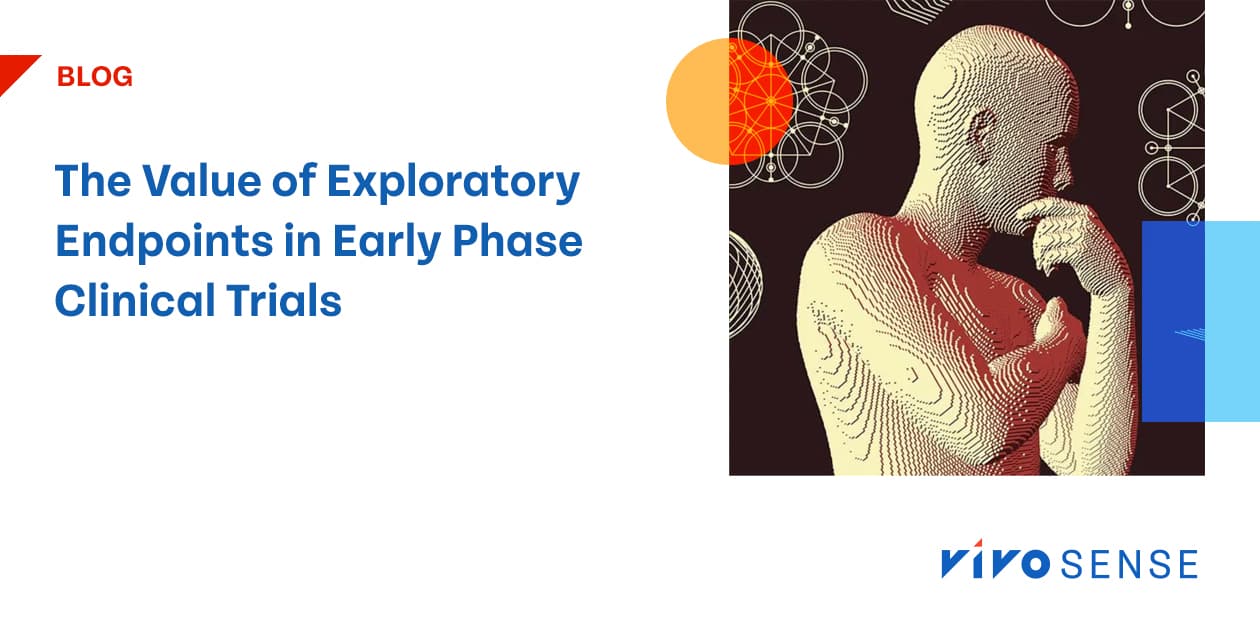
Drug development and clinical care models continue to take a more patient-centered approach. Putting the patient at the center of all phases of medicine is a shift initiated by the FDA. Systematic governance and policy development are currently underway.
A key component to supporting this paradigm shift is the use of real-world evidence collected with wearable sensors. Despite their enormous potential and the pharmaceutical industry’s enthusiasm for their incorporation into drug trials, the majority of digital clinical measures continue to require development – primarily, context-specific clinical validation.
Wearable Sensors Significantly Impact the Data Available for Clinical Trials
Wearable and connected technologies deployed remotely, passively, and continuously generate large amounts of real-world evidence that reflect an individual’s lived experience. These data can be both behavioral and physiologic in nature and provide an opportunity to develop a new class of objective and sensitive endpoints that are clinically relevant and meaningful to patients and caregivers.
The Value of Exploratory Endpoints in Early Phase Trials
The most efficient way to accumulate robust clinical validity evidence is to deploy digital clinical measures as exploratory endpoints in earlier phase trials. Wearables allow for novel measures to be tested under rigorous, well-defined conditions and for their interrogation in conjunction with previously accepted efficacy endpoints. The goal of these investigations is to collect sufficient evidence to support advancing the measure to an efficacy endpoint in a subsequent later phase trial and as a clinical outcome throughout the lifecycle of the drug.
In addition to building the necessary clinical validity evidence, deploying digital clinical measures as exploratory endpoints is an efficient way to gather valuable data and evidence on:
- 1. Characteristics of the sensor signals specific to their use in the patient population
- 2. Measure characteristics across patient subpopulations
- 3. Patient compliance with, and tolerance of, the proposed technology
- 4. The value add of the novel measures
- 5. Operational or logistical considerations for deploying in a regulated trial
- 6. Environmental or external factors that may confound interpretation of the endpoint
- 7. Insight into how to further refine the assessment.
Starting the journey of developing digital measures in earlier phase trials de-risks (or at least reduces the risk) for internal stakeholders. Smaller sample sizes, less complex study designs, fewer operational considerations, and lower costs effectively reduce the barriers to gaining crucial buy-in from key decision-makers.
Digital Biomarker Discovery Must be Hypothesis Driven
Successfully delivering real-world clinical measures requires precisely planned, integrated, and executed study components from study design and operationalization to data collection, cleaning, processing, and interpretation. It’s not a one- size-fits-all approach. The key to success is applying the right technology to the right question at the right time in the right population.
Developing fit-for-purpose digital clinical measures requires early and thoughtful planning and investment. The payoff is time and capital efficiency, better science, and better patient outcomes.
